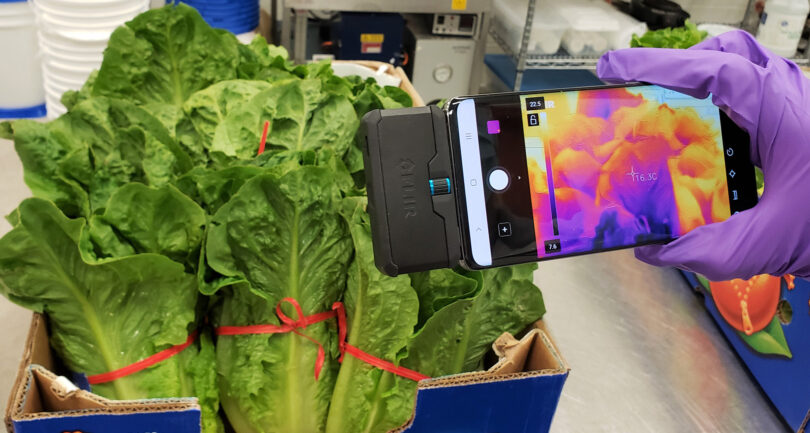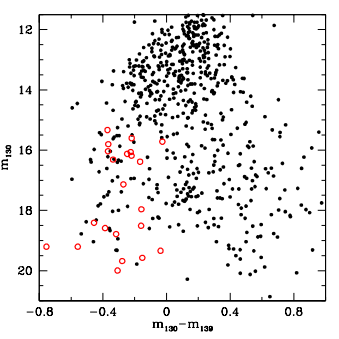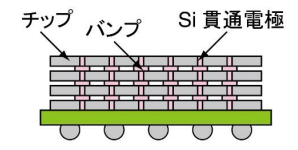2024-10-26 ジョージア大学 (UGA)

Thermal imaging technology could improve the production of fruits and vegetables.
<関連情報>
- https://news.uga.edu/thermal-imaging-improves-produce/
- https://www.sciencedirect.com/science/article/abs/pii/S0304423824006836?via%3Dihub
日焼け検出から最適冷却まで: 青果物の収穫前・収穫後の取り扱いを改善するためのサーモグラフィの最近の応用事例のレビュー From sunburn detection to optimal cooling: A review of recent applications of thermal imaging to improve preharvest and postharvest handling of fruit and vegetables
Boran Yang, Yen-Con Hung, Govindaraj Dev Kumar, Kaitlyn Casulli, Kevin Mis Solval
Scientia Horticulturae Available online: 28 July 2024
DOI:https://doi.org/10.1016/j.scienta.2024.113527
Highlights
- Thermal imaging (TI) is emerging in the postharvest of fruit and vegetables (FV).
- Proper temperature monitoring tools improve product quality and reduce food waste.
- TI is essential in temperature monitoring of preharvest and postharvest of FV.
- TI, combined with other technologies, aids in evaluating quality attributes of FV.
Abstract
Fruit and vegetables (FV) are susceptible to adverse physiological and biochemical changes due to temperature abuse during preharvest and postharvest handling. Rapid, reliable, and non-invasive technologies such as infrared (IR) cameras are new, cost-effective tools that can record temperature profiles of FV in real-time. In this article, the basic principles of thermal imaging (TI) technology and its recent applications in preharvest and postharvest handling of FV as a temperature monitoring tool are concisely highlighted. Detection of preharvest and postharvest quality of FV (wetness, immaturity, bruise, etc.) based on thermal images are also summarized. Additionally, different modeling and simulation methods, including statistical modeling, computer simulation, machine learning (MLR), and deep learning (DLR), are briefly introduced into the preharvest and postharvest handling of FV, and applications of TI technique as a temperature validation tool in these methods are also discussed. This review article summarized that non-contact TI technique exhibits great potential to monitor temperature profiles on the field and during the postharvest handling of FV in real-time. Quality attributes, such as sunburn, immaturity, and bruises in FV, can be detected by using thermal images. Therefore, yields can be increased in the field, and food losses reduced during the postharvest handling of FV using TI technology. Furthermore, TI technology is an effective validation tool for simulation studies of foods. Future research should focus on developing low-cost TI systems and integrating multiple imaging techniques to facilitate the decision-making process in the FV industry.



